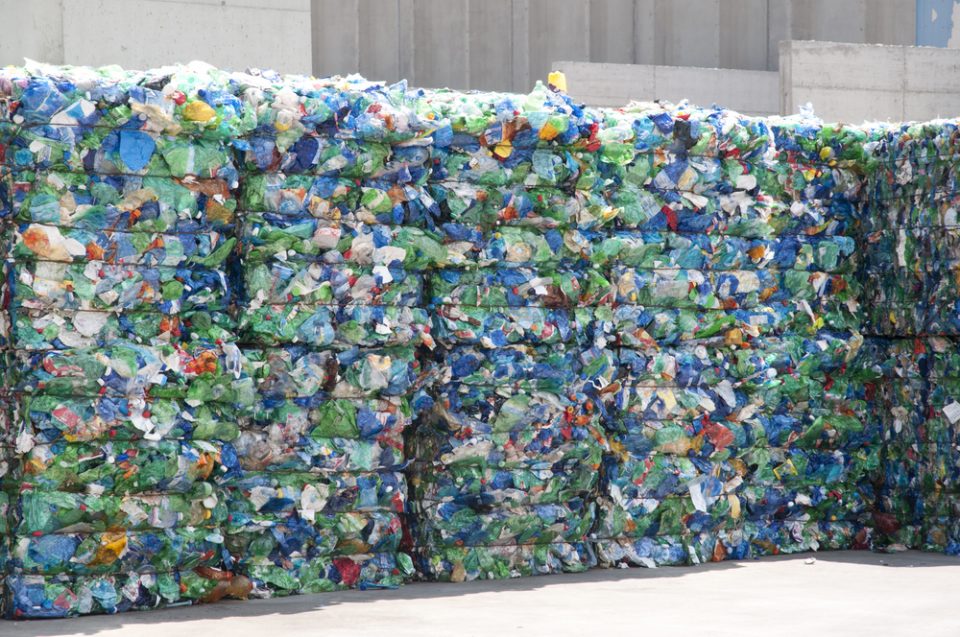To believe media reports over the last few years is to accept that recycling plastics isn’t realistic. In fact, some media outlets have gone so far as to suggest that the whole idea of recycling is a myth. Such claims are based on the poor results of curbside recycling programs. Yet recycling is not a myth across the board. In fact, experts are predicting solid growth for recycled plastics in the coming years.
Two reports cited by Plastics Today predict solid growth over the next 15 to 20 years. Much of that growth is expected to take place in North America, where the highest per capita consumption of plastics already exists.
So how do such predictions square with claims that the world recycles less than 10% of the plastics it produces? The answer lies in the differences between consumer and industrial plastics. Demand for recycled plastics made from post-industrial plastic waste is significant. And now that recyclers have figured out how to effectively recycle PET, consumer products like plastic water bottles are becoming a bigger part of the recycling equation.
Post-Industrial Waste Is Big Business
Growth in the recycled plastic sector is expected to be tied largely to demand for industrial plastics. We can look to Nashville-based Seraphim Plastics as an example to illustrate why. Seraphim buys post-industrial plastic waste throughout the Mideast. They are active in Indiana, Kentucky, Ohio, and five other states.
They purchase plastic waste and ship it to their Tennessee facility for re-purposing. Material is reduced in volume by way of grinding, shredding, or other processes before being cleaned. The finished material is packaged and resold to plastics manufacturers who combine it with virgin material to produce new products.
Demand for recycled plastic materials is significant. For example, injection mold operations make up a good portion of Seraphim’s customer base. They are able to mix recycled plastic with virgin products and still meet customer specifications.
Making this possible is the relative purity of industrial plastics. Post-industrial plastic waste is cleaner and purer than its consumer counterparts, making recycling fairly easy and straightforward.
Demand for PET Is Increasing
In terms of consumer plastics, they tend to be more difficult to recycle thanks to a difficult collection, separation, and cleaning processes. It is just cheaper and easier for manufacturers to purchase virgin plastic. However, one exception is polyethylene terephthalate (PET).
Recycling companies have developed effective processes for collecting and cleaning PET, particularly in terms of single-use water bottles. For instance, establishing mass collection points is one way to recycle bottles without having to sort them from other plastics. Plastic water bottles also don’t tend to be terribly contaminated.
It all adds up to PET being one of the easiest consumer plastics to recycle. And because it can be done so easily, it is cost-effective as well. Discarded water bottles can be reduced to shaved material which can then be reformed to meet a variety of manufacturing needs.
Not All Recycling Is a Myth
It is in fashion these days to claim that plastic recycling is a myth. The idea may be true to some degree, but it is not true across the board. Post-industrial plastic waste and PET are shining examples of effective recycling. So much so that the experts are predicting solid growth in the years to come.
Perhaps we can learn from the growth in recycled PET and industrial plastic to figure out solutions for the other plastics we throw in landfills. A willingness to change how we manufacture and use plastic products could make it a lot easier to recycle nearly everything we produce.

